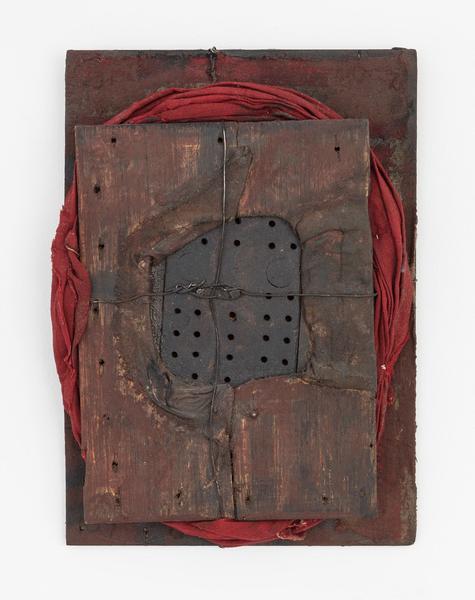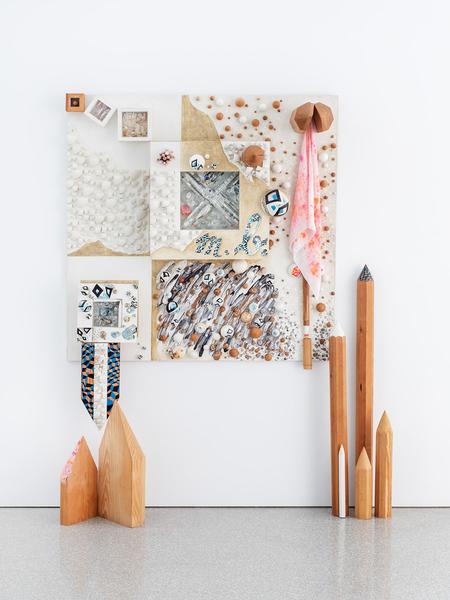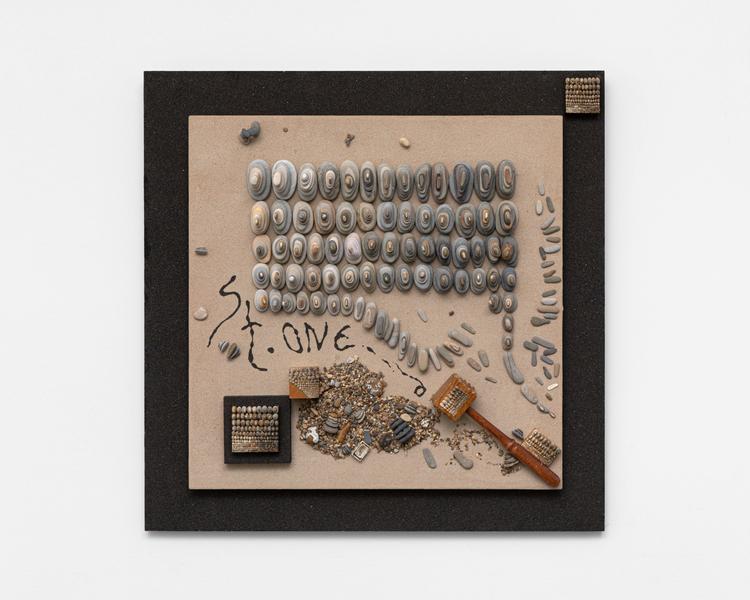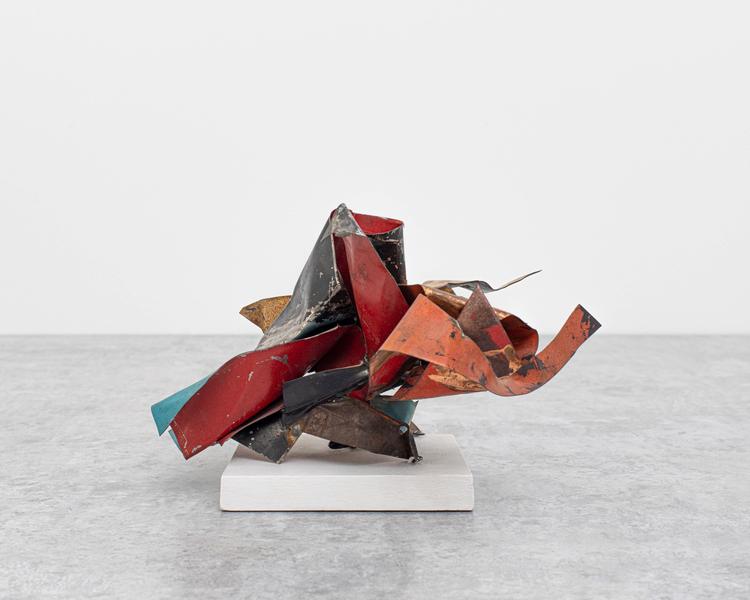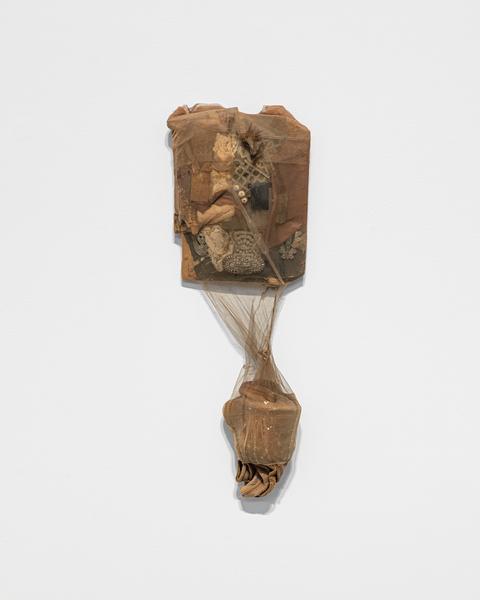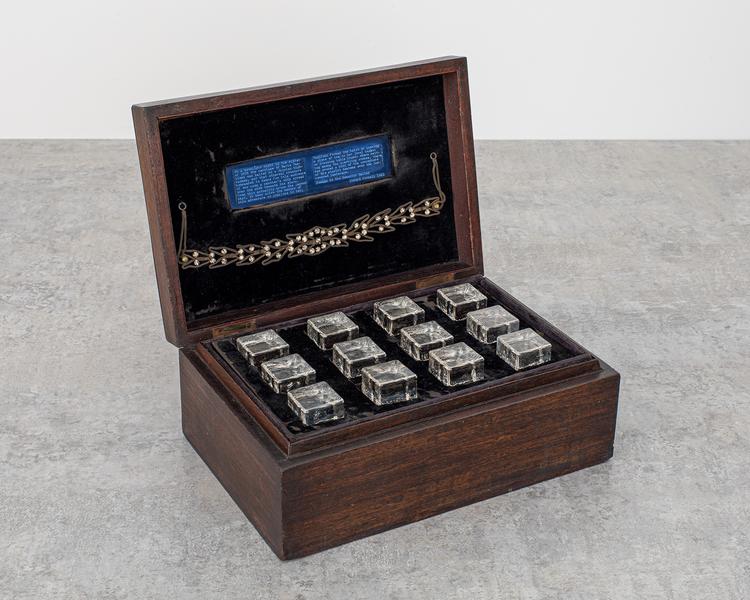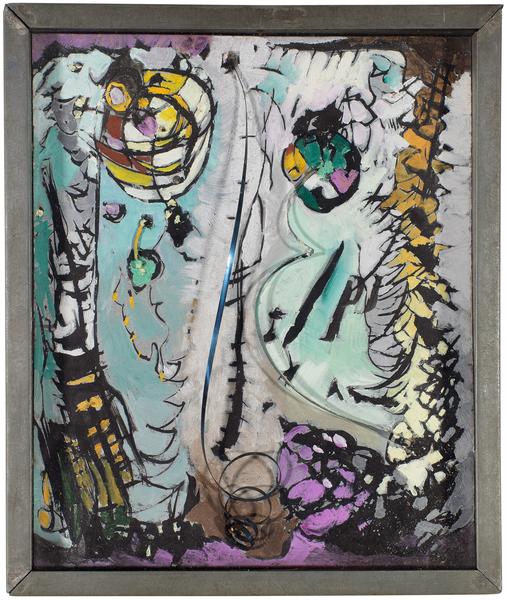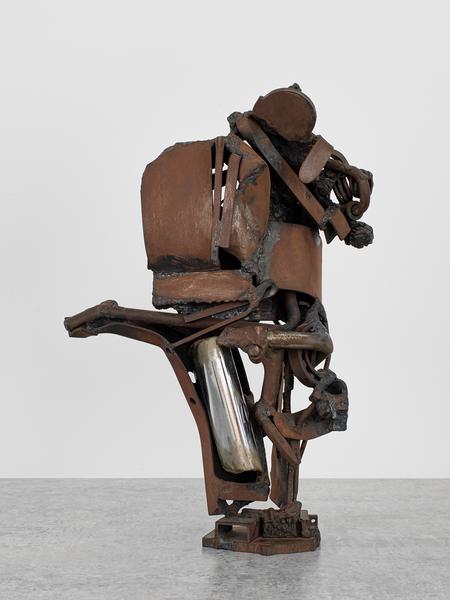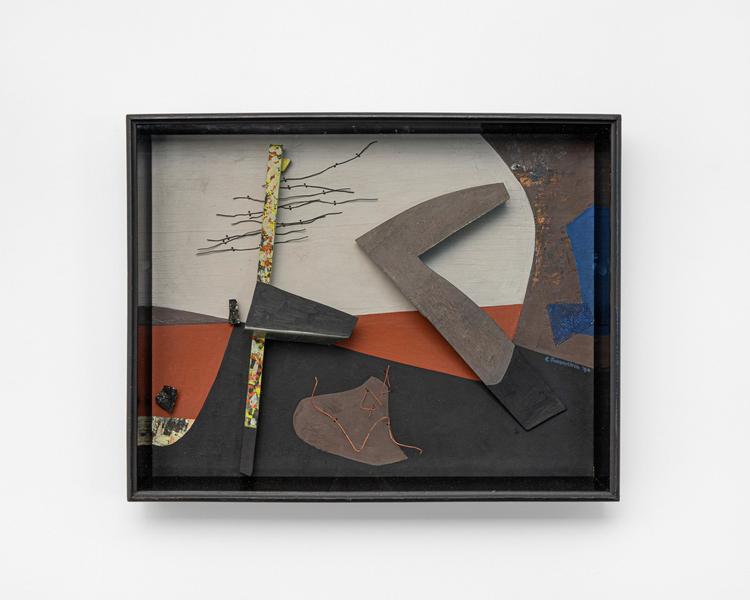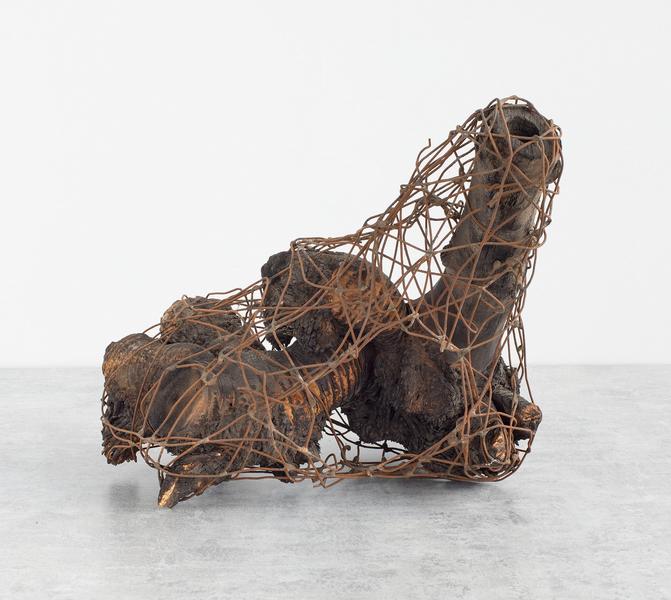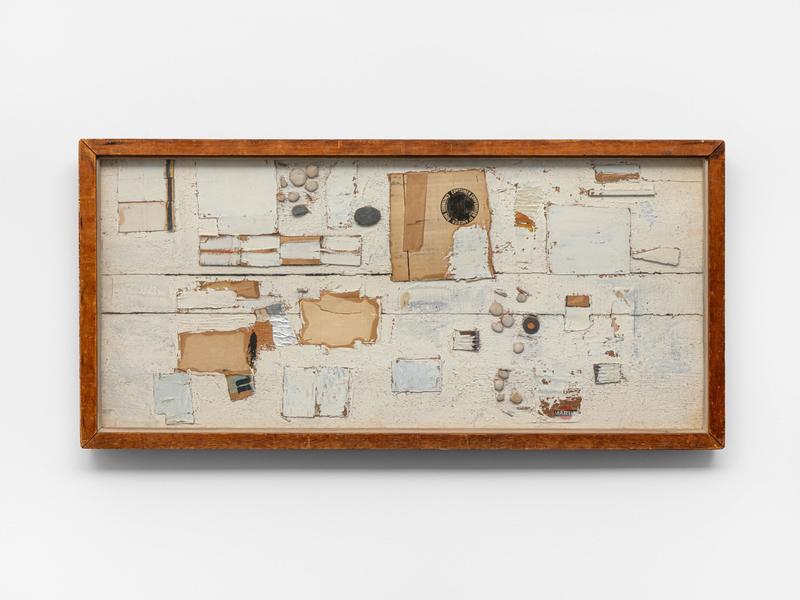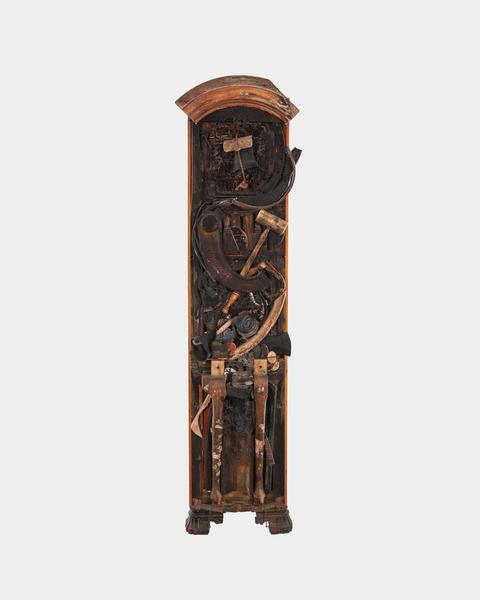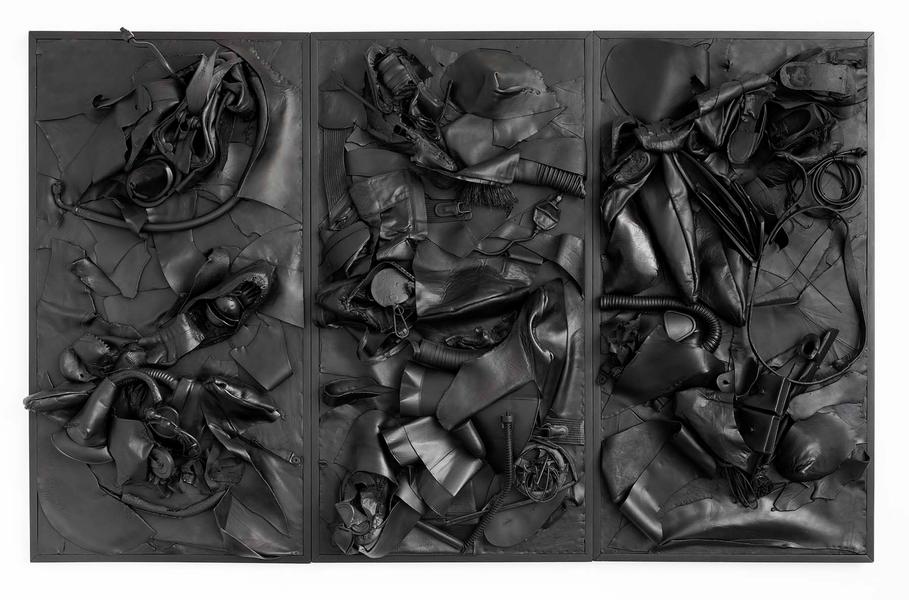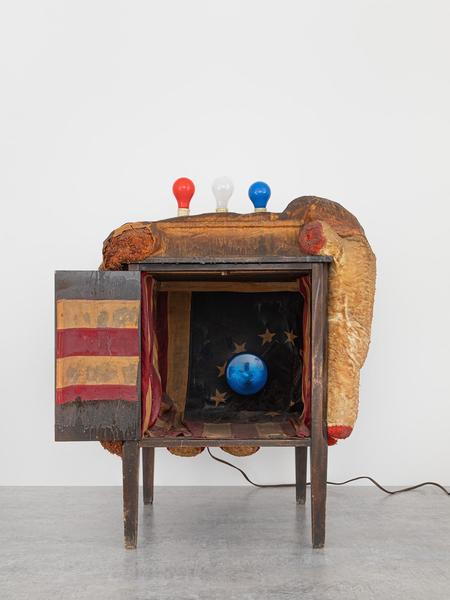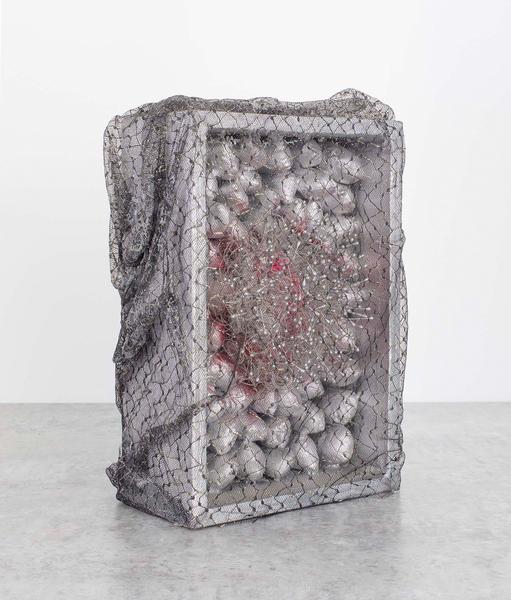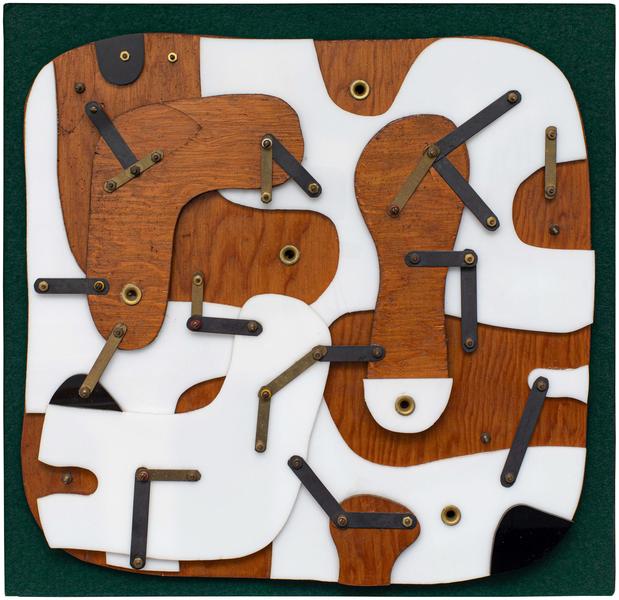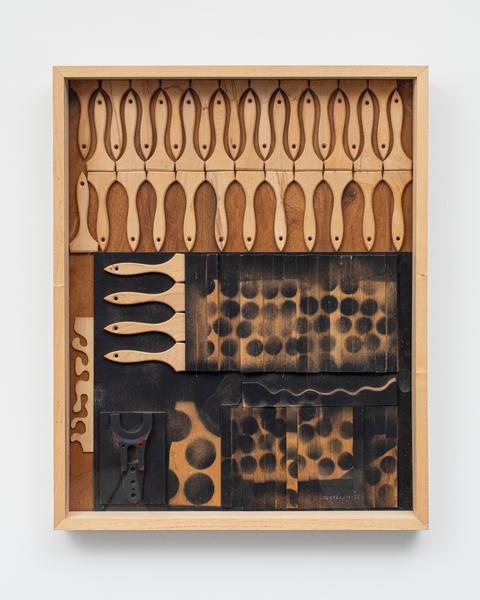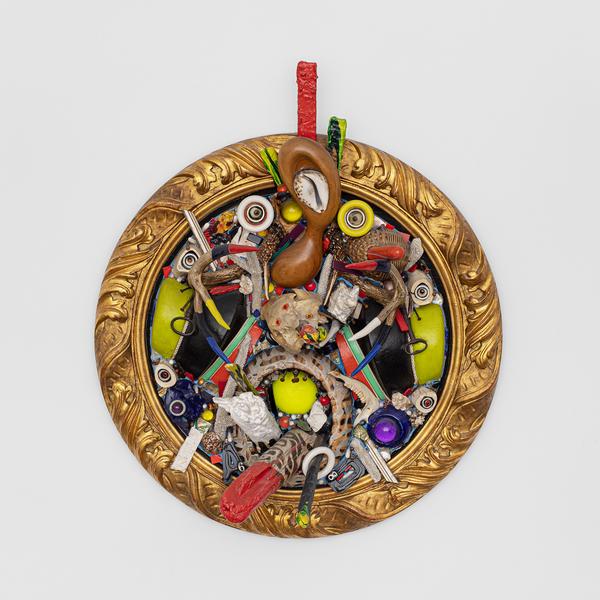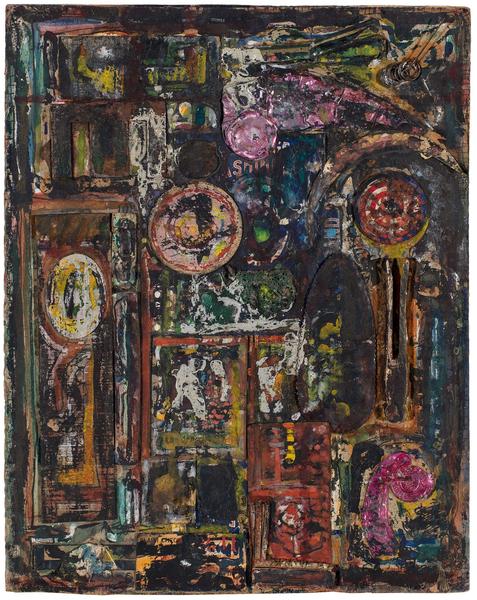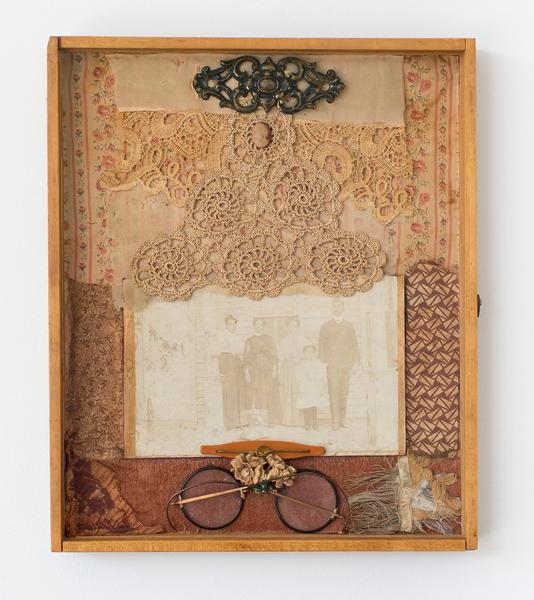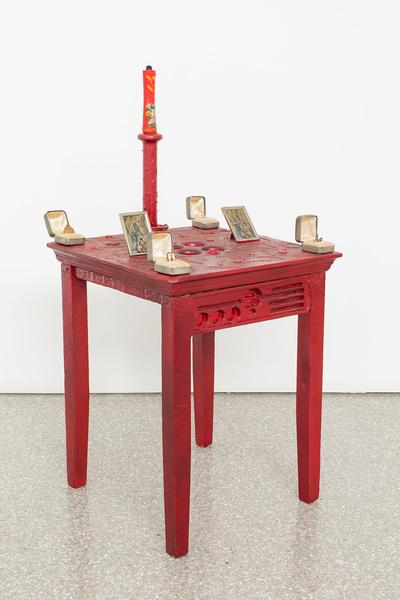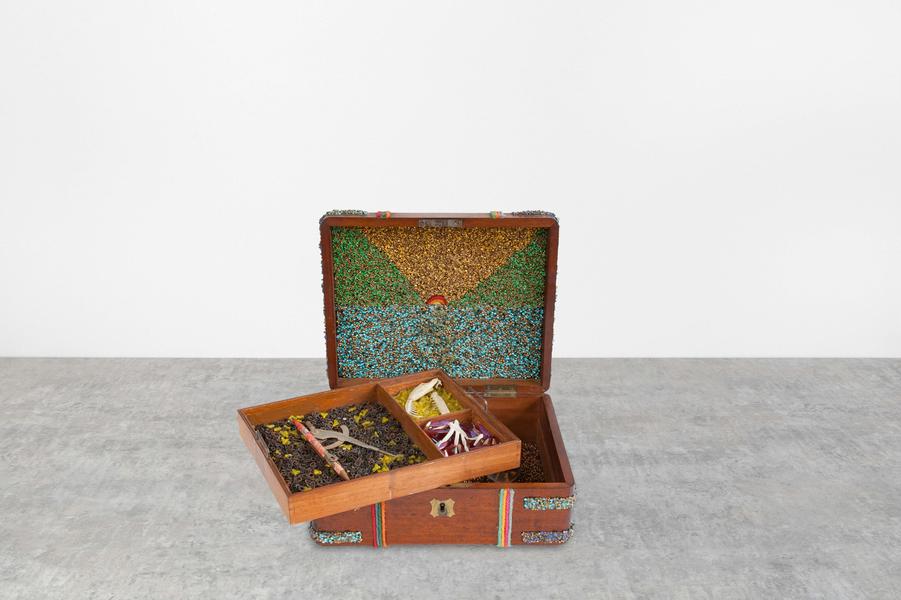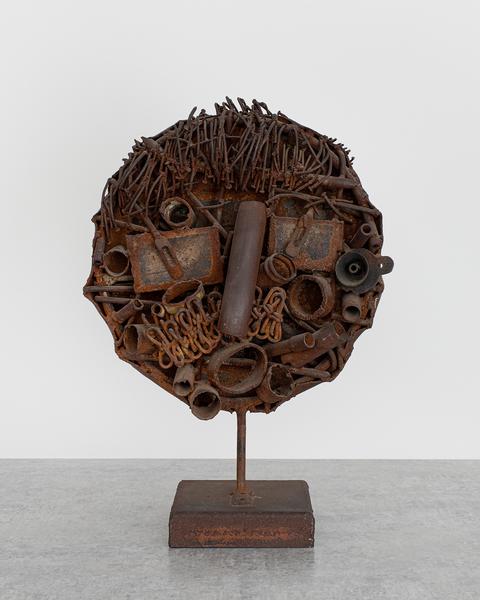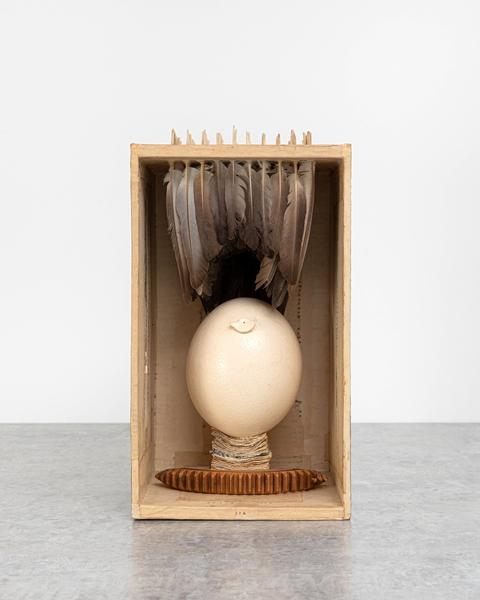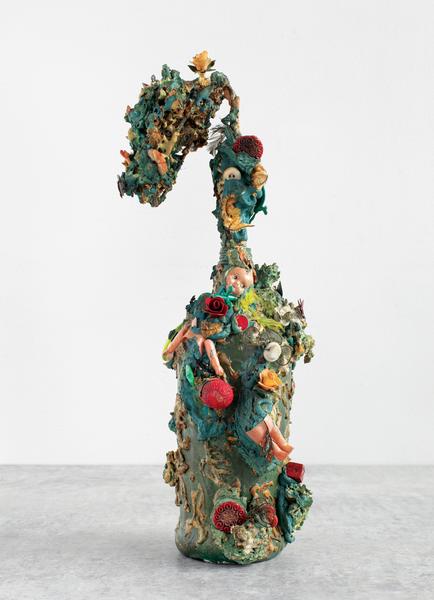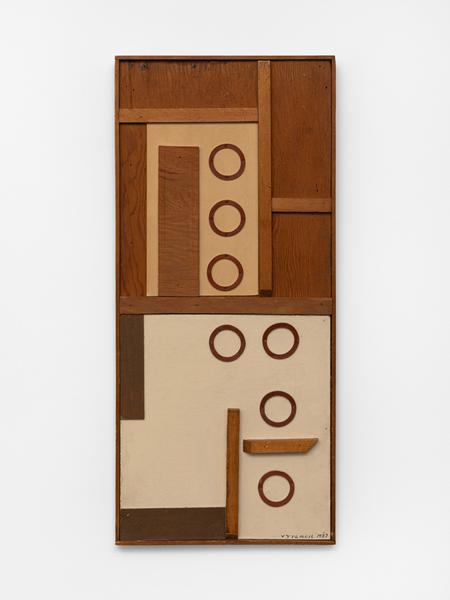“The assembler is especially akin to the modern poet…in using elements which (unlike ‘pure’ colors, lines, planes, or musical tones) retain marks of their previous form and history. Like words, they are associationally alive.”[1]
—William C. Seitz
Michael Rosenfeld Gallery is pleased to announce The Art of Assemblage, a group exhibition organized in homage to The Museum of Modern Art’s groundbreaking 1961 exhibition of the same name curated by William C. Seitz. Presenting a selection of works that mirror and expound upon Seitz’s medium-defining exhibition, the gallery’s iteration of The Art of Assemblage demonstrates the incisiveness and prescience of his thesis. Featured artists include Mary Bauermeister, Lee Bontecou, Bruce Conner, Joseph Cornell, Arthur Dove, Melvin Edwards, Claire Falkenstein, Ilse Getz, Nancy Grossman, Edward Kienholz, Yayoi Kusama, Conrad Marca-Relli, Louise Nevelson, Alfonso Ossorio, Betye Saar, Lucas Samaras, Richard Stankiewicz, Lenore Tawney, Laurence Vail, and Vaclav Vytlacil. The Art of Assemblage is on view concurrently with the solo exhibition Hannelore Baron.
In Seitz’s lengthy catalogue essay chronicling the evolution of modern assemblage practices, the curator identifies Kurt Schwitters’ Dadaist “collages, objects, environments, and activities” as an inciting development in the medium’s history, explaining that his works embody “an impatience with the line that separated art from life”[2] that is characteristic of assemblage’s leading practitioners. Seitz emphasizes the importance of the inter- and postwar impulse to create art from the materials of daily life using English critic Lawrence Alloway’s essay on “junk art”—published in the same year that The Art of Assemblage opened—which situates the assemblage aesthetic within the context of modern commodity culture:
“Junk culture is city art. Its source is obsolescence, the throwaway material of cities, as it collects in drawers, cupboards, attics, dustbins, gutters, waste lots, and city dumps. Objects have a history: first they are brand new goods; then they are possessions, accessible to few, subjected, often, to intimate and repeated use, then, as waste, they are scarred by use but available again. …Assemblages of such material come at the spectator as bits of life, bits of the environment. The urban environment is present…as the source of objects, whether transfigured or left alone.”[3]
Several works in Michael Rosenfeld Gallery’s exhibition constitute prime examples of the “junk art” aesthetic pioneered by the postwar avant-gardes on both coasts. Works such as Bruce Conner’s Buffalo Bag (1959) and Edward Kienholz’s America My Hometown (1963) arrange symbolically loaded detritus into sculptures that evoke themes of a decaying empire. Also dating to 1963 is Lee Bontecou’s wall-mounted sculpture of welded and painted steel, soot, and velvet; baring her signature bandsaw “teeth” through a barred window, Untitled reflects the prevailing anxieties of the Cold War era as well as the feelings of containment and despair inspired by her Wooster Street studio’s proximity to the Women’s House of Detention. Abstracted anatomical references likewise structure Nancy Grossman’s My Terrible Stomach (1964/2015), an agglomeration of castoff materials originally created for her 1964 exhibition at Krasner Gallery. After the show closed, the work—then titled Black Knight—was kept in an unsafe location and many of its parts were torn off by vandals. Grossman revisited the sculpture in 2015, adding several new parts, endowing the work with “a cornucopia of mementos for an insatiable appetite,” as she put it, and retitling it after a 1961 poem by artist Walasse Ting.
Richard Stankiewicz’s Double Booger for a Little John (1961) is an exceptional example of his double-faced “head” sculptures composed of found and welded metal objects. Stankiewicz worked in an improvisational, process-based method, experimenting with various arrangements according to the forms of his materials in a process mirroring that of Melvin Edwards, whose freestanding Monochromo (1964) embeds a single, shining piece of chrome in an otherwise rust-brown metal composition, establishing a play on the word of the title.
Notably, The Art of Assemblage includes one of the artworks featured by Seitz in MoMA’s exhibition, Laurence Vail’s Out of My Window (c.1945). Active in the Parisian intellectual circles of the 1920s, Vail was associated with Marcel Duchamp and Man Ray, and married to Peggy Guggenheim. Out of My Window is exemplary of Vail’s rococo and often humorous aesthetic, infusing the accretive process of assemblage with a Surrealist bent. The exhibition also features an influential American counterpart to the European Surrealists, Joseph Cornell, who was an important presence in Seitz’s exhibition. Cornell’s iconic Taglioni’s Jewel Casket (1941) is a counterpart to the 1940 version of the same title in MoMA’s collection that was also included in The Art of Assemblage. An homage to the Romantic era ballerina Marie Taglioni, Taglioni’s Jewel Casket is perhaps best described by Kynaston McShine (another important MoMA curator), who understood Cornell’s boxes as “journeys into an enchanted universe that also has the reality of this world.”[4] Similarly, the gallery’s exhibition features Arthur Dove’s George Gershwin-“Rhapsody in Blue,” Part I (1927), a work closely related to Dove’s Portrait of Alfred Stieglitz (1925), also in MoMA’s collection and included in the 1961 Art of Assemblage. A dynamic homage to Gershwin’s masterpiece, Dove’s painting assemblage embodies the composer’s description of his iconic jazz composition as “as a sort of musical kaleidoscope of America—of our vast melting pot, of our unduplicated national pep, of our blues, our metropolitan madness.”[5]

